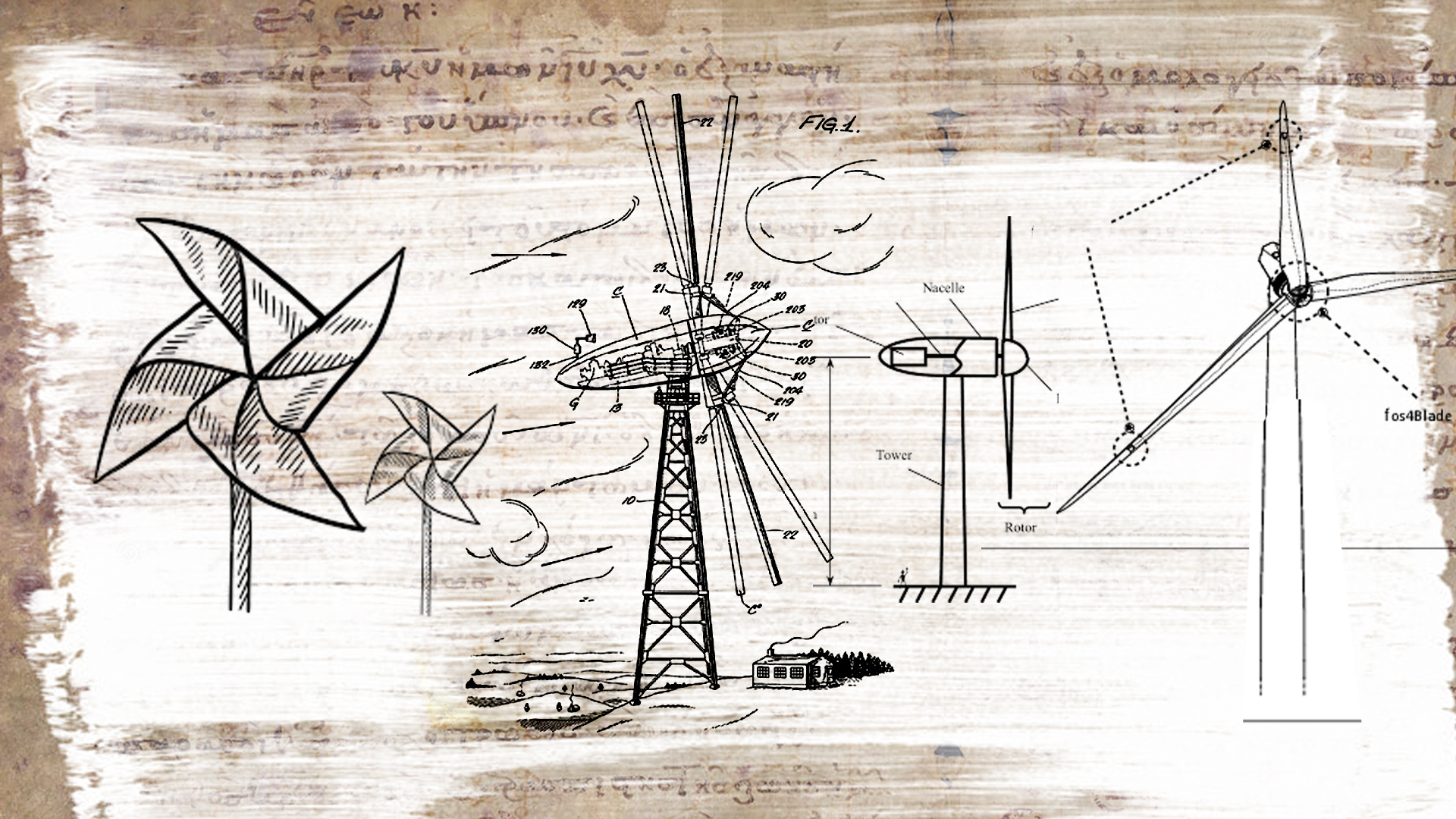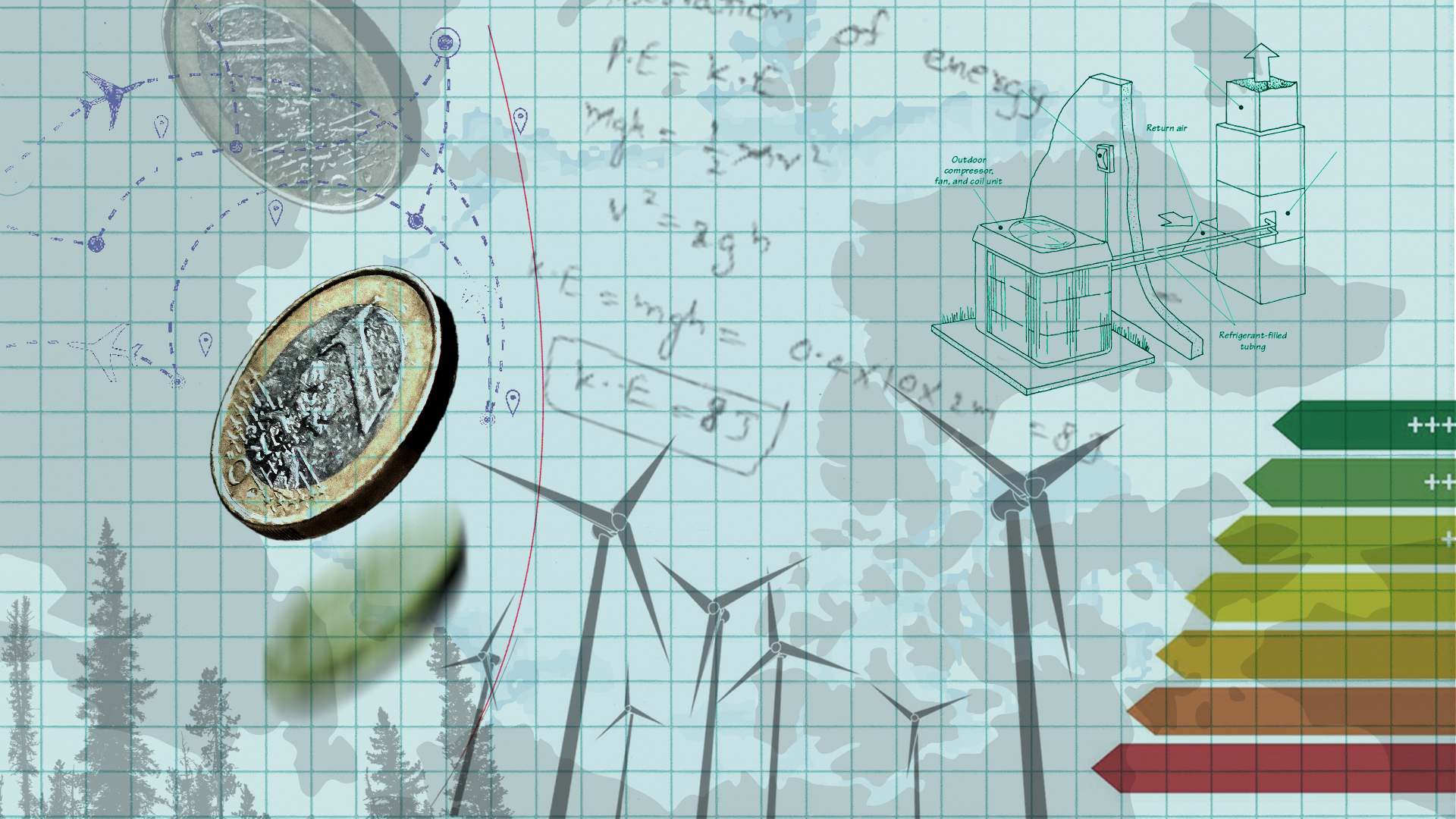Why the continuous grind for new content, when we’ve already got so much great content we can upcycle? Are we really brassy enough to believe that everyone who could use our coolest stuff has already consumed it? With some fresh thinking and perspective, we can bring our best performing content to whole new audiences. Here’s our recipe for perfect content upcycling.
There are some operating principles in life that make so much sense, and one of those is upcycling. Yeah, it’s a catchy term – I wish I’d thought of it – and I love it because it implies we can take the same raw ingredients and continually re-use them while adding value.
Old is the new New
Here’s a good example. The offshore wind industry in Scotland is aiming for a fully circular supply chain. By making a new generation of wind turbines from the old, they can eliminate waste and dramatically reduce carbon. It turns out 94% of a wind turbine is reusable or recyclable, meaning that the new turbine has 34% less CO2 ‘embedded’ during production. Plus the circular supply chain will create 20,000 net new jobs in the UK economy. That’s a wee bit more impressive than re-covering a favourite armchair.
And the thing that’s so new about that thinking is…absolutely nothing. What I love is that the idea itself is being upcycled – into a new story for a new industry. In that space and context, it’s totally fresh and exciting.
Maybe we can take that inspiration into our professional lives as content creators and marketers. There’s an abiding hunt for new ideas and new content, but it can be as creative and effective to repurpose the good ideas and content that we already have.
If we were musicians, we’d think it more than legit to take an original track to a new audience through a remix or musical collaboration, right? We’d consider it an act of creation almost as profound as the original. It takes re-imagination, fresh perspectives, as well as mastering a new genre. Pretty impressive.
Of course, it really only works with already-excellent material. That’s our starting point.
Ditch the throwaway
We’ve learnt to reject throwaway cups because they end up in landfill, and now we need to reinforce that thinking and totally reject throwaway content too. It’s a waste of everyone’s time and energy.
By throwaway content we mean articles that don’t add value. Blogs that are all hot air and no substance, which nobody wants to read. If it’s not written well, for a specific audience, and with a clear goal in mind, then it’s not worth your effort. Conserving energy – ours as well as the planet’s – is a way of life. (And not just because I’m typing this on the hottest day in the UK, ever, and trying to move as little as possible while I do it.)
That means working in a focused way; not wasting resources or time. Thinking strategically, so that each piece of content is created with a purpose.
Begin with that purpose, and you will have started to create the ‘circular economy’ of content marketing. How will you know you’re laying those foundations?
Try this posture check
- Each piece of content has a person(a), problem and purpose clearly defined. We’ve shared a few examples below.
- It’s leveraging your organisation’s authority as experts and practitioners in your field. So data and other sorts of evidence are usually important.
- It has a clear fit in the wider mosaic of your organisation’s storytelling
- It can be atomised into either shorter form content and in alternative media: or, it can be aggregated into longer form (this is the Pillar and Spoke model)
- There’s a rationale for the when and where of its first outing
Purposeful content…by us:
Taking aim at sales leaders faced with An arms-length, digital marketplace
Informing content creators Why numbers can speak louder than words, and how to use them
By creating content that can be atomised and repurposed you can squeeze every bit of value out of it. You make the most of everything you write and create, so your organisation gets maximum returns.
Tap the juice
Sometimes, the successful formula above can come across as a bit dry, or lacking spontaneity. And without the magic ingredients of imagination and re-imagination, it could be. But here’s how it worked in practice – for a client of ours – recently.
We worked with the team at Gamma to co-create a high-profile London customer event recently, designed as a face-to-face and online experience. The live event is just one moment in time – a mixture of guest speakers and panel discussions – but many great content threads were woven together for consumption before, during and for a long time after.
We ‘tapped the juice’ of the event – the energy, ideas, aspirations – good and early. Being involved with shaping the speaker sessions gave us a head start on a content workflow around customer stories, as just one example. Interviewing customers ahead of time, helping find the threads of their story, gave the whole team including the customers themselves, the host, the video crew, writers, illustrators etc real insight of what was to come. We were able to anticipate pretty much all of the content to create a post-match digital report for attendees which went out just days after the event. Embedded with videos of the speaker sessions, and studded with highlights, it captured the energy of the day while reinforcing the key messages.
All the thinking and storyboarding that went into those customer stories are feeding into an upcoming vlog series. And from there into first-person customer stories for Gamma’s continuously published magazine, Unify. After that ‘traditional’ detailed case studies to power sales enablement. And so it grows – from great raw materials, many upcycles of use with all of the value preserved.
Bear in mind that customers contributed just about a third of the original content on the day of the event. We’re following a similar cycle with expert contributions in panel discussions, and the insights of three excellent guest speakers.
Repurposing the same source material and shaping it for different sections of your audience makes the most of your time and that of your contributors. It gets more eyes and ears on your stories. More than that though, building upcycling into the content process is an energetic, fun and imaginative way to work. Thinking – what else can we do with this? how does this link up? what’s the pattern we’re seeing? who else needs to see it? what elements will be useful for the sales team? – is a perspective that inspires creativity, which in turn inspires useful and original content.
Energy efficiency
Upcycling saves energy for sure, especially if the alternative is spaffing naff content to fill a gap. Not wasting energy also means rethinking how all the complementary bits of the workflow work. Do we really need that meeting? Or can we save hot air by jumping into a Google Doc < insert your favourite collaboration spaces here > and actually create something together. Shall we open a Slack or Teams channel to keep the chat out of email? Best of all, let’s publish our content plan as a live workflow on Trello (you’ll find us here), Asana or Monday, so that we all literally see the big picture and our opportunities to contribute.
"Upcycling saves energy for sure, especially if the alternative is spaffing naff content to fill a gap."
So conserving energy doesn’t mean doing nothing, or even going slowly. Sometimes it means moving very quickly. Just like food, sometimes things go off just because they miss the moment, and the whole effort is wasted. If you see an opportunity for your content to surf the news cycle, then timeliness is next to godliness.
That recipe for perfect content upcycling…
Plan content with upcycling in mind. Each interview/idea should be the source of multiple content pieces. Have at least 5 ideas before you start. More will emerge further down the line – that’s part of the joy of this approach – so start thinking in terms of clusters of content, not standalone pieces.
Write multiple content pieces simultaneously, to save time, and to make the most of your focus. I was writing the speaker notes for the Gamma event at the same time as the post-event report, and saving notes for future customer stories which I’m working on now. Having multiple, linked pieces on the go makes content production more efficient, not least because it saves you from the dreaded blank page.
Finesse your effort, improve your success. As you repeatedly circle around an idea, going deeper into it, and looking at it from different angles, your work improves.
Co-create. Share your ideas and your source material with the wider team, and encourage them to use it too.






What do you think?